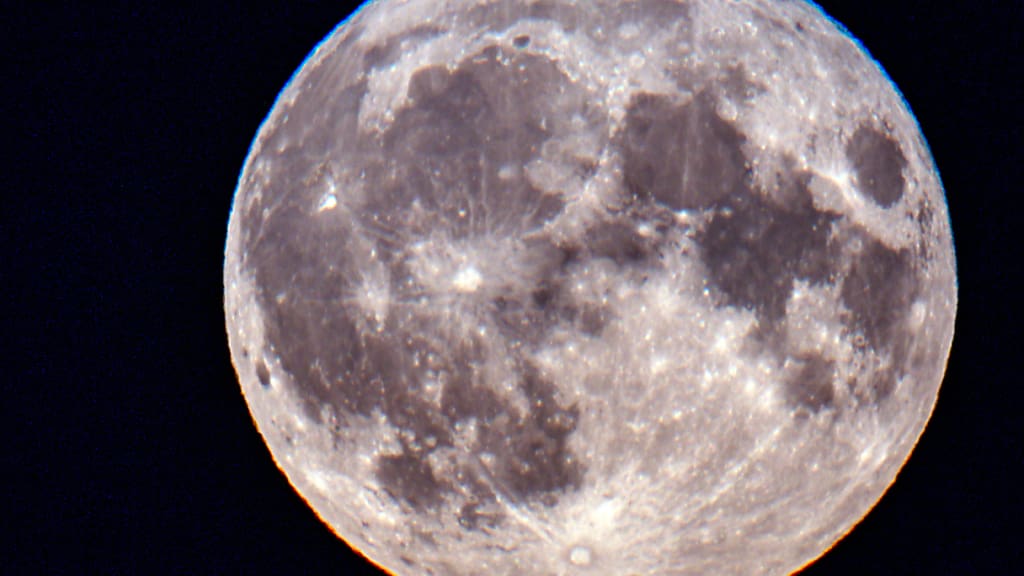Deep beneath the thick ice cap of Jupiter’s moons Europa, Ganymede and Callisto are likely vast subsurface oceans. This is evident from data from previous space missions and model calculations. Exotic life forms may have evolved in these waters, especially those of Europe. But that requires not only liquid water, but also the right chemistry to form the building blocks of life as we know it.
The European Space Agency’s Juice space mission will reveal whether such life-friendly conditions exist in the icy worlds of Jupiter. This afternoon, the probe will begin its eight-year journey aboard an Ariane 5 rocket. She will use ten scientific measuring instruments to explore the dark worlds of Jupiter’s moons, whose surface temperatures average below minus 140 degrees Celsius. Two of them were developed in Switzerland.
Jupiter has the strongest magnetic field in our solar system
A team from the University of Bern led by astrophysicists Peter Wurz and Andreas Riedo provides a highly sensitive mass spectrometer, the Neutral and Ion Mass Spectrometer (NIM). This will study the chemical and isotopic composition of particles in the atmosphere of Jupiter’s icy moons. The University of Bern is also involved in two other instruments: the Submillimeter Wave Instrument (SWI) and the Laser Altimeter GALA.
A highly complex particle detector called RADEM (for Radiation-hard Electron Monitor) was also developed under the direction of Paul Scherrer Institute (PSI) physicist Wojciech Hajdas. He will monitor Juice’s radiation levels while also mapping the planet Jupiter’s complex radiation belts.
Jupiter’s radiation belts extend several million miles into space. The radiation is stronger than anywhere else in our solar system. Any life on the icy moons’ surface would therefore be impossible – but the ice caps protect the creatures in the ocean, if any, from deadly radiation. Not only that: By interacting with the ice sheet, it can trigger chemical reactions that fuel life, as the PSI points out.
First recordings expected in nine years
If all goes according to plan, Juice will arrive at Jupiter in July 2031. The probe will then orbit the gas planet, flying past the icy moons for a total of 35 before entering Ganymede’s orbit. According to ESA, the first interesting images will be taken and published in February 2032.
Bernese astrophysicist Peter Wurz is convinced that the signs of finding extraterrestrial life are better than ever. Because not only ESA, but also the American space agency NASA is planning missions to Jupiter’s icy moon Europa. The first mission, called Europa Clipper, is scheduled for next year. “I do believe,” says Wurz, “that we’re going to discover life in the next 10 to 20 years.”
Soource :Watson
I am Amelia James, a passionate journalist with a deep-rooted interest in current affairs. I have more than five years of experience in the media industry, working both as an author and editor for 24 Instant News. My main focus lies in international news, particularly regional conflicts and political issues around the world.







